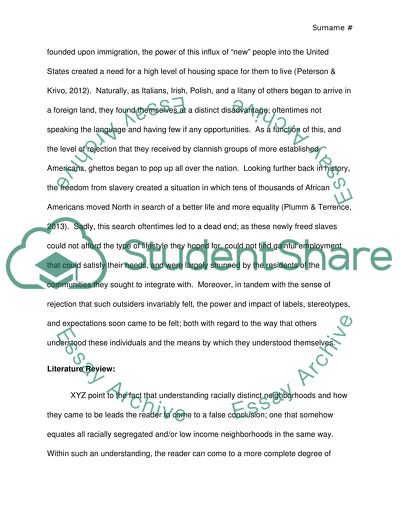Cite this document
(“Labeling and crime Research Paper Example | Topics and Well Written Essays - 2500 words”, n.d.)
Retrieved from https://studentshare.org/law/1649156-labeling-and-crime
Retrieved from https://studentshare.org/law/1649156-labeling-and-crime
(Labeling and Crime Research Paper Example | Topics and Well Written Essays - 2500 Words)
https://studentshare.org/law/1649156-labeling-and-crime.
https://studentshare.org/law/1649156-labeling-and-crime.
“Labeling and Crime Research Paper Example | Topics and Well Written Essays - 2500 Words”, n.d. https://studentshare.org/law/1649156-labeling-and-crime.


